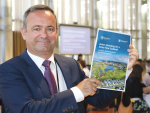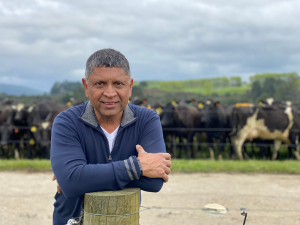A site investigation before design and construction is important to ensure the pond built is structurally sound and meets regulations, says DairyNZ.
While an engineer will probably do the site investigation, the responsibility for proving the adequacy of a pond and liner rests with the farmer.
The soil type where the effluent pond will be located is also important.
In comparison to most other soil types, peat soils require more ground investigation. The main issues are peat thickness, strength, compressibility and groundwater level.
Before ground investigations begin, a desktop study should be done by your designer, who should then explore the site. There should be a minimum of three holes around the perimeter of the proposed tank or pond. The investigation should extend to the full depth of the peat, or to twice the width of the proposed tank or pond bank.
Your designer should then perform specific engineering tests to determine the suitability of the site and the design requirements.
During the investigation and design stage make sure you discuss with the designer the cost versus benefit of different design options for peat versus the long term maintenance costs of each.
Effluent systems can include a solids separation component. This can be either mechanical (press type systems) or non-mechanical (weeping wall type systems).
If solids are removed prior to the effluent reaching the storage pond, this averts or at least reduces the risks inherent in managing the solids in the pond. But you still must store and manage them. Mechanical removal should usually be done before effluent enters the storage pond.
Non-mechanical separation methods are generally weeping wall or settling pond systems. These fundamentally change the pond design requirements. In this case the pond component of the solids removal system needs to be designed specifically for solids removal.


















